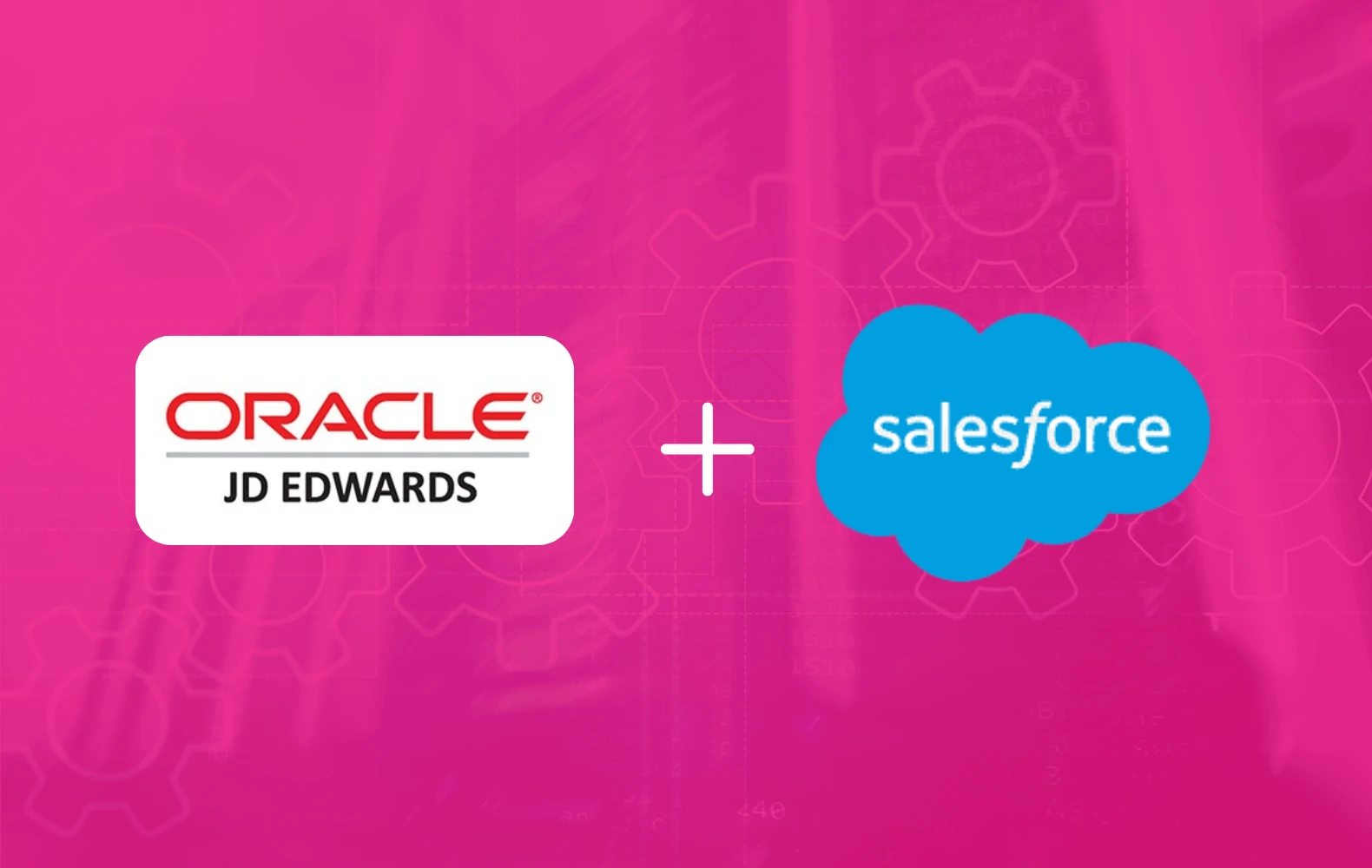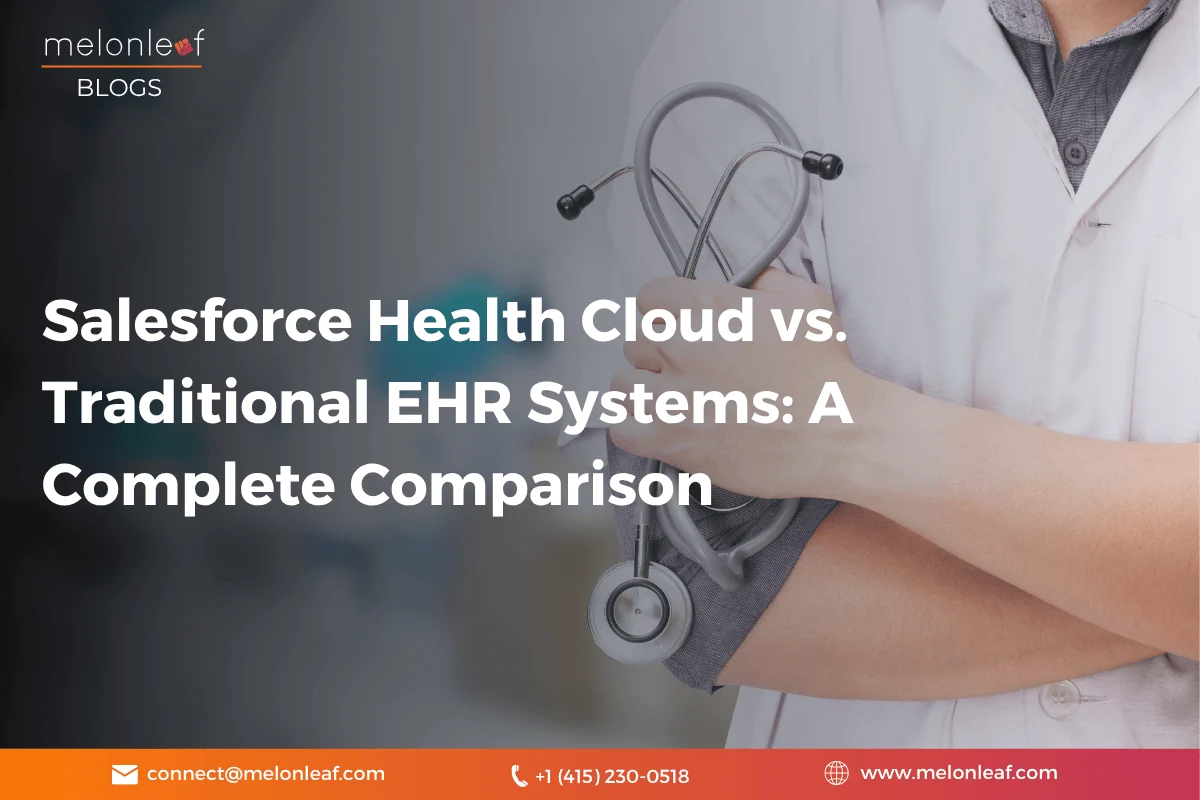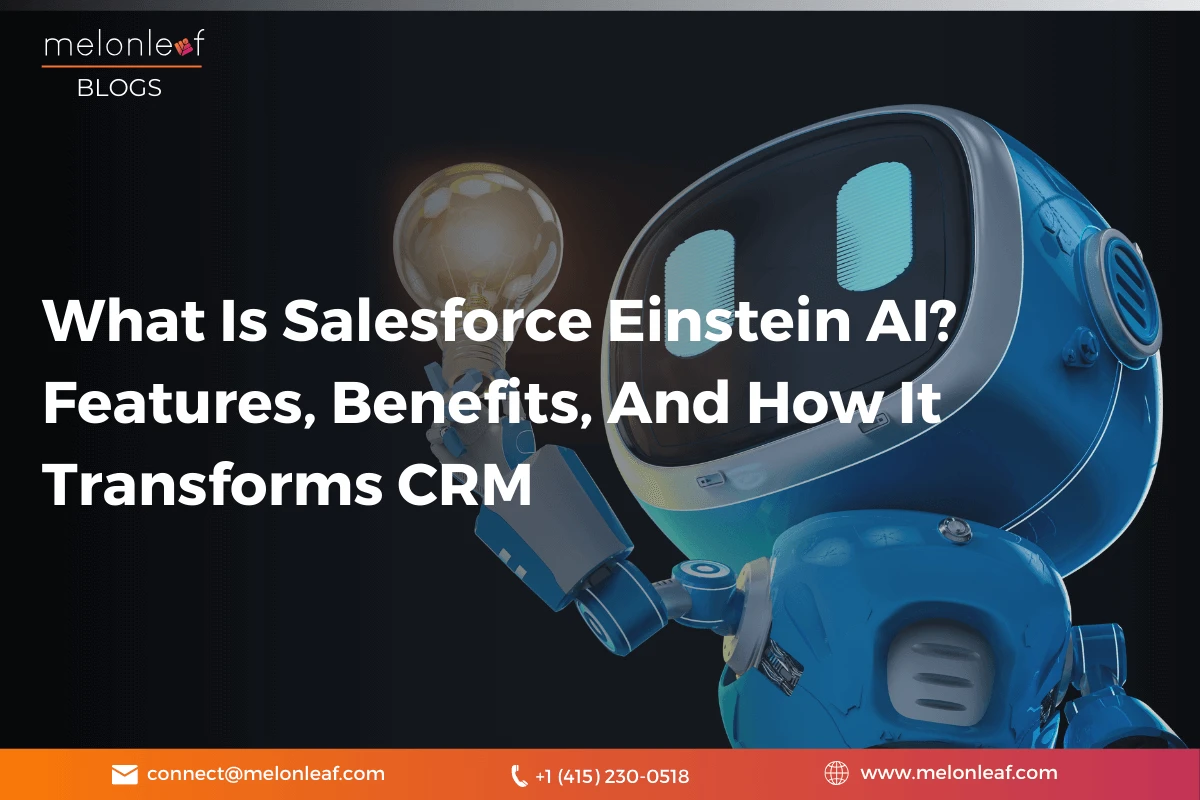
JD Edwards and Salesforce Integration for Seamless Data Synchronization



Highlights
Unified Data Ecosystem
The client needed an integrated digital environment where both JD Edwards ERP and Salesforce CRM could communicate in both ways, inbound and outbound. It was their desire that all the departments could work concurrently and on current data irrespective of the platform being utilized.
Elimination of Manual Processes
The company significantly used manual processes of data transfers through Excel and .csv files from JD Edwards to Salesforce. Not only was this a waste of considerable time, but it also resulted in errors and data inconsistency. The client had to have an automated process that would do away with these time-consuming processes.
Key Records synchronization
It was a matter of great concern that the records, like Accounts, Contacts, Products, and Price Books, that fell under this category be automatically synchronized between two platforms so that information is the same under both sales and operations.
ERP Data Visibility in Real-time
The sales and customer support communities needed to have the capability to update, retrieve, and access their up-to-date data in JD Edwards in real-time, without toggling between the two systems or waiting to get updates at periodic intervals.

Siloed Systems
By having JD Edwards and Salesforce as independent systems, the data in these systems that are considered critical to the business, like customer profiles, pricing, and inventory details, were not synchronized. This caused differences between the sales team’s view of Salesforce and the operations handled by JD Edwards.

Inconsistent Data
Manual synchronization caused regular cases of old, duplicated, or absent data. It happened that any change in any system would take hours or days to replicate in another, which led to inefficiencies and a threat to customer experience.

Time-Intensive Workflows
Import-based record updates through Excel added delays to decision-making, fulfillment, and reporting. Teams used to spend precious hours consolidating and verifying data by using their hands manually.

Inability to Access Live Data
As there was no live ERP data in Salesforce, operational teams could not make accurate decisions regarding the inventory, price changes, and transactions with clients without referring to other departments.


Two-way API Integration
We implemented REST API to integrate with Salesforce and JD Edwards in real time. This enabled communication between the two platforms to be made bi-directionally so that data is held consistently and immediately available within systems.
Automated Syncing Workflows
Our automation workflows occur whenever an important record is created or updated: accounts, contacts, products, and price books. This guarantees that the workforce gets the best information at all times.
Real-time Data Access
We developed a Lightning Web Component (LWC) to meet the demand for live data access. This component was set up to automatically retrieve updated data from JD Edwards to Salesforce. Each time a Salesforce user views a record, they always show the user the current and most updated data.
Inbound Data Services
We created a secure, scalable flow to process incoming data to JD Edwards using Apex web service classes. The services made sure that an upgrade of ERP was handled and regularly mapped and integrated into the Salesforce seamlessly.




A leading US-based manufacturer specializing in high-quality equipment and solutions, serving global clients across emergency, defense, and industrial sectors.
Through the two-way integration of a highly functional system between JD Edwards and Salesforce, the client has been able to change its data management into a systematic, automated environment that was characterized by partial and manual data management earlier. This solution not only solved redundant problems and enhanced accuracy of data but also gave the operations teams real-time access to business-critical information.
This integration has paved the way for better customer experiences, quicker decision-making, and scalable growth. With high-end automation, intuitive components, and connectivity through APIs, the client has been provided with a system that is future-compatible to align business processes with front-end customer interaction, generating a new scope of business-centering operation and business agility.
- 95% reduction in manual data entry
- Real-time synchronization between CRM and ERP systems
- Increased accuracy and data redundancy

 About Melonleaf
About Melonleaf Awards
Awards Our Team
Our Team Resources
Resources Events
Events Webinars
Webinars Blogs
Blogs Press Releases
Press Releases








 Salesforce
Salesforce Alliance Partners
Alliance Partners Logistics
Logistics Real Estate
Real Estate Automotive Industry
Automotive Industry Education Industry
Education Industry Manufacturing
Manufacturing Media & Entertainmet
Media & Entertainmet Nonprofit
Nonprofit Insurance
Insurance Aerospace & Defence
Aerospace & Defence















